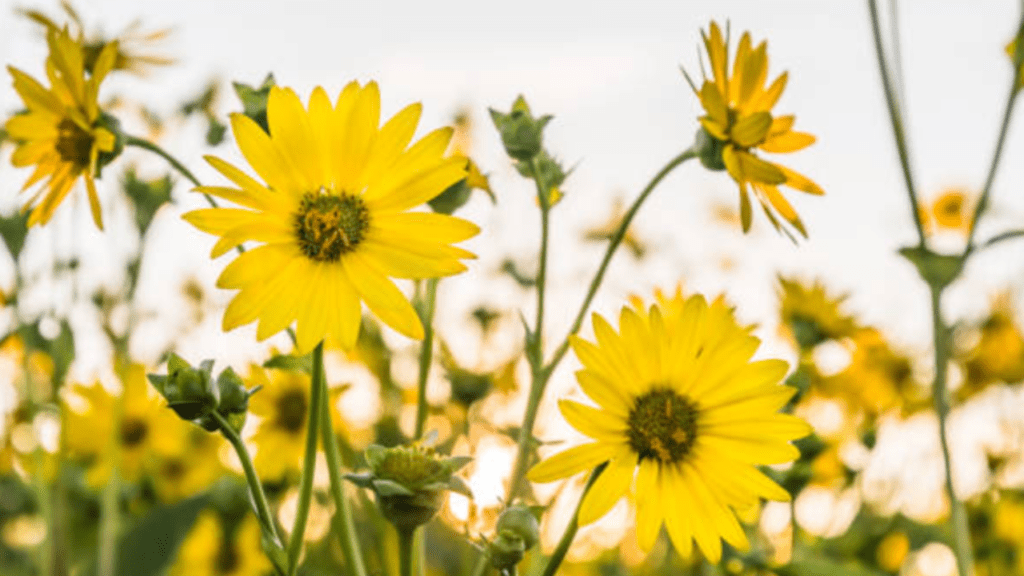
Silphium Plant Seed: How to Grow and Care for Silphium
The Silphium plant seed is an important aspect of growing and caring for the Silphium plant. When it comes to planting the Silphium seeds, it is important to choose a sunny location with well-drained soil. The seeds should be planted in the spring after the last frost has passed. It is best to plant the seeds directly into the ground, as the Silphium plant does not transplant well. Once planted, the seeds should be watered regularly to keep the soil evenly moist. As the plant grows, it will require minimal maintenance, but it is important to keep an eye out for any signs of pests or diseases. By following these steps and providing the proper care, you can enjoy the beauty and height of the Silphium plant in your garden.
Table of Contents
ToggleUnderstanding Silphium Plants
The Silphium plant is a beautiful and unique addition to any garden. It is a native wildflower that is known for its tall, sturdy stems and bright yellow flowers. Understanding how to grow and care for Silphium plants is important for ensuring their success in your garden. When it comes to planting Silphium seeds, it is important to choose a sunny location with well-drained soil. The seeds should be planted in the spring after the last frost has passed. It is best to plant the seeds directly into the ground, as the Silphium plant does not transplant well. Once planted, the seeds should be watered regularly to keep the soil evenly moist. As the plant grows, it will require minimal maintenance, but it is important to keep an eye out for any signs of pests or diseases. By providing the proper care and attention, you can enjoy the beauty and height of the Silphium plant in your garden. So, if you are interested in adding a unique and stunning plant to your garden, consider planting and caring for Silphium plants.
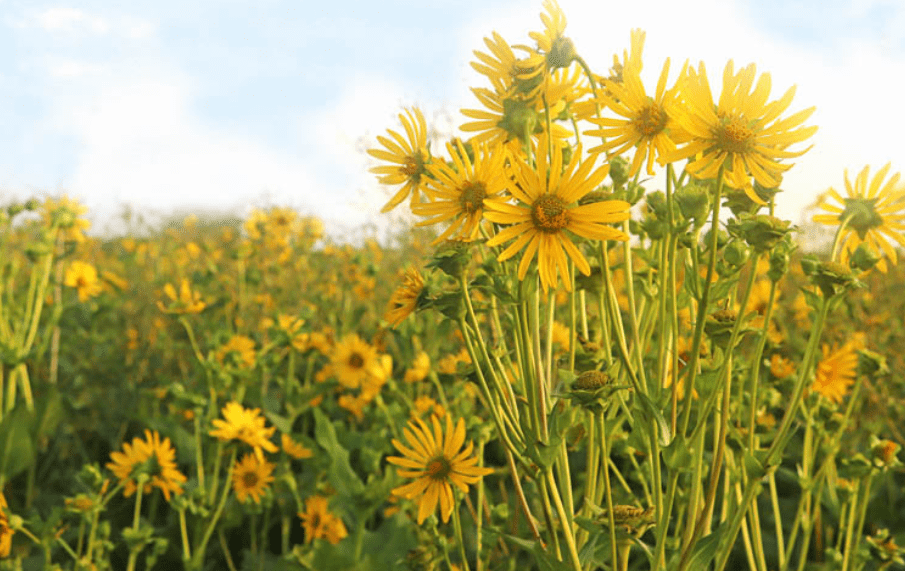
Describe the silphium plant, its characteristics, and its various species.
The silphium plant is a beautiful and unique addition to any garden. It is known for its tall, sturdy stalks and vibrant yellow flowers. There are several species of silphium, including the compass plant, cup plant, and rosinweed. Each species has its own distinct characteristics, but all are known for their resilience and drought tolerance.
Silphium plants are typically tall, reaching heights of 6-10 feet. They have deep root systems, which make them excellent for preventing erosion in gardens and landscapes. The leaves of the silphium plant are large and toothed, and the flowers are bright yellow and daisy-like in appearance.
These plants thrive in sunny locations with well-drained soil. They are best planted in the spring after the last frost has passed, and they do not transplant well, so it is best to plant the seeds directly into the ground. Silphium plants require minimal maintenance but should be watered regularly to keep the soil evenly moist.
In terms of species, the compass plant is known for its deep taproot and rough, sandpapery leaves that align with the north and south directions. The cup plant gets its name from the way its leaves join around the stem to form small cups that collect water. The rosinweed, as the name suggests, exudes a sticky substance when the stem is cut.
Discuss the natural habitat and growth habits of silphium plants.
Silphium plants are native to North America and are known for their large, toothed leaves and bright yellow, daisy-like flowers. They thrive in sunny locations with well-drained soil. These plants are best planted in the spring after the last frost has passed, and they do not transplant well, so it is best to plant the seeds directly into the ground. Silphium plants require minimal maintenance but should be watered regularly to keep the soil evenly moist. There are different species of silphium plants, such as the compass plant, which is known for its deep taproot and rough, sandpapery leaves that align with the north and south directions. The cup plant gets its name from the way its leaves join around the stem to form small cups that collect water. The rosinweed, as the name suggests, exudes a sticky substance when the stem is cut. Overall, silphium plants are a beautiful addition to any sunny garden and provide important habitat for pollinators and other wildlife.
Benefits of Growing Silphium from Seeds
Detail the aesthetic and ecological benefits of silphium plants.
Silphium plants offer both aesthetic and ecological benefits. These beautiful plants thrive in sunny locations with well-drained soil, making them a great addition to any garden. They are best planted in the spring after the last frost has passed and do not transplant well, so it is best to plant the seeds directly into the ground. Silphium plants require minimal maintenance but should be watered regularly to keep the soil evenly moist.
There are different species of silphium plants, each with their own unique characteristics. For example, the compass plant is known for its deep taproot and rough, sandpapery leaves that align with the north and south directions. The cup plant gets its name from the way its leaves join around the stem to form small cups that collect water. The rosinweed, as the name suggests, exudes a sticky substance when the stem is cut.
In addition to their aesthetic appeal, silphium plants provide important habitat for pollinators and other wildlife. Their bright, showy flowers attract bees, butterflies, and other beneficial insects. The seeds of the silphium plants also provide a food source for birds and small mammals. Overall, growing silphium plants from seeds can not only enhance the beauty of your garden but also contribute to the ecological health of your local environment.
Discuss practical uses, including medicinal properties and potential agricultural benefits.
Silphium plants have several practical uses, including medicinal properties and potential agricultural benefits. The compass plant, for example, is known for its deep taproot and rough, sandpapery leaves that align with the north and south directions, making it useful for navigation. The cup plant gets its name from the way its leaves join around the stem to form small cups that collect water, providing a potential source of hydration for wildlife. The rosinweed, as the name suggests, exudes a sticky substance when the stem is cut, which has been used in traditional medicine for its potential healing properties. In addition to their aesthetic appeal, silphium plants also provide important habitat for pollinators and other wildlife. Their bright, showy flowers attract bees, butterflies, and other beneficial insects, while the seeds of the silphium plants provide a food source for birds and small mammals. Overall, growing silphium plants from seeds can not only enhance the beauty of your garden but also contribute to the ecological health of your local environment.
Selecting the Right Silphium Plant Seed
Provide tips on choosing high-quality silphium plant seeds.
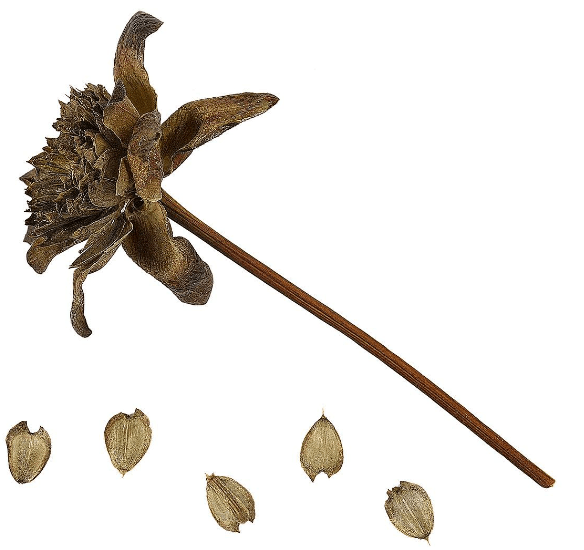
When choosing high-quality silphium plant seed, there are a few things to keep in mind. First, look for a reputable seed supplier that specializes in native plants. They will have a wide selection of silphium varieties and ensure that you are getting seeds that are well-suited to your specific growing conditions. It’s also important to look for seeds that are fresh and have been properly stored. Older seeds may have lower germination rates, so it’s best to purchase seeds from the current year’s crop. Additionally, consider the source of the seeds. Seeds that have been ethically sourced from wild populations or grown sustainably in a nursery are likely to be of higher quality. Finally, make sure to choose seeds that are appropriate for your specific gardening goals, whether that’s creating a wildlife habitat, adding beauty to your landscape, or exploring the potential agricultural benefits of silphium plants. By following these tips, you can ensure that you are choosing high-quality silphium plant seeds for your gardening needs.
Discuss where to buy silphium seeds (online stores, nurseries, etc.).
When looking to purchase silphium seeds, there are a few options to consider. Online stores and nurseries are great places to start. Online stores often have a wide selection of silphium varieties and can provide convenience in purchasing seeds. It’s important to make sure you are purchasing from a reputable seller to ensure the quality of the seeds. Nurseries are another great option as they can provide expert advice and guidance on selecting the right seeds for your specific growing conditions. They will often have a wide selection of silphium varieties and ensure that you are getting seeds that are well-suited to your specific growing conditions. It’s also important to look for seeds that are fresh and have been properly stored. Older seeds may have lower germination rates, so it’s best to purchase seeds from the current year’s crop. Additionally, consider the source of the seeds. Seeds that have been ethically sourced from wild populations or grown sustainably in a nursery are likely to be of higher quality. Finally, make sure to choose seeds that are appropriate for your specific gardening goals, whether that’s creating a wildlife habitat, adding beauty to your landscape, or exploring the potential agricultural benefits of silphium plants. By following these tips, you can ensure that you are choosing high-quality silphium plant seed for your gardening needs.
Preparing for Planting
Detail the steps to prepare the soil and planting area for silphium seeds.
Before planting silphium seeds, it is important to prepare the soil and planting area to ensure the best possible growing conditions. Start by clearing the area of any weeds, rocks, or debris that may hinder the growth of the seeds. Next, loosen the soil to a depth of about 6-8 inches to allow for good root penetration. You can use a garden fork or rototiller to achieve this.
After preparing the soil, it’s important to amend it with organic matter such as compost or well-rotted manure to provide essential nutrients for the growing plants. Mix the organic matter into the soil thoroughly to ensure an even distribution.
Once the soil is prepared, you can create furrows or planting rows for the silphium seeds. Make sure to space the rows according to the specific variety of silphium you are planting, as different varieties may require different spacing.
After creating the planting rows, sow the silphium seeds at the recommended depth, which is typically around 1/4 to 1/2 inch deep. Cover the seeds lightly with soil and water the area gently to ensure good seed-to-soil contact.
Finally, keep the planting area consistently moist until the seeds germinate and the seedlings are well-established. With proper preparation and care, you can create an ideal environment for silphium seeds to thrive and grow into beautiful, resilient plants.
Explain the importance of soil quality, drainage, and sunlight.
Soil quality, drainage, and sunlight are all essential factors to consider when planting seeds, including silphium seeds. The soil should be well-draining to prevent waterlogging, which can lead to root rot and other issues. Adding organic matter to the soil can improve its quality and provide essential nutrients for the plants. It’s important to ensure that the soil is well-prepared and free of debris before planting the seeds.
In addition to soil quality, sunlight is crucial for the growth of silphium seeds. These plants thrive in full sunlight, so it’s important to select a planting location that receives ample sunlight throughout the day. Without enough sunlight, the plants may become leggy or fail to produce flowers.
Proper drainage is also important for the health of the plants. Poor drainage can lead to waterlogged soil, which can suffocate the roots and lead to disease. Ensuring that the planting area has good drainage will help the silphium seeds to thrive and grow into healthy plants.
By paying attention to soil quality, drainage, and sunlight, you can create an ideal environment for silphium seeds to grow and flourish. With the right conditions, these beautiful and resilient plants can thrive and enhance your garden or landscape.
How to Plant Silphium Seeds
Step-by-step guide on how to plant silphium seeds.
Step 1: Choose the right location for planting your silphium seeds. These plants thrive in full sunlight, so it’s important to select a planting location that receives ample sunlight throughout the day. Without enough sunlight, the plants may become leggy or fail to produce flowers.
Step 2: Ensure proper drainage in the planting area. Proper drainage is important for the health of the plants. Poor drainage can lead to waterlogged soil, which can suffocate the roots and lead to disease. Ensuring that the planting area has good drainage will help the silphium seeds to thrive and grow into healthy plants.
Step 3: Prepare the soil for planting. Silphium seeds prefer well-drained, fertile soil. You can improve the soil quality by adding organic matter such as compost before planting the seeds. This will provide the necessary nutrients for the seeds to germinate and grow.
Step 4: Plant the silphium seeds at the appropriate depth. Follow the instructions on the seed packet for the recommended planting depth. It’s important not to plant the seeds too deep, as this can prevent them from germinating properly.
Step 5: Water the seeds after planting. Keep the soil consistently moist until the seeds germinate and the plants begin to establish themselves. Once the plants are established, they are quite drought tolerant and will only need occasional watering during dry periods.
By following these steps and paying attention to soil quality, drainage, and sunlight, you can create an ideal environment for silphium seeds to grow and flourish. With the right conditions, these beautiful and resilient plants can thrive and enhance your garden or landscape.
Tips on seed spacing, depth, and initial watering requirements.
When planting seeds, it’s important to follow the instructions on the seed packet for the recommended planting depth. Planting the seeds too deep can prevent them from germinating properly. It’s also important to space the seeds properly to allow for adequate airflow and growth. After planting, it’s crucial to water the seeds and keep the soil consistently moist until the seeds germinate and the plants establish themselves. Once the plants are established, they become more drought tolerant and only need occasional watering during dry periods. It’s also important to pay attention to soil quality, drainage, and sunlight to create an ideal environment for the seeds to grow and flourish. By following these steps and providing the right conditions, you can ensure the success of your seeds and enjoy the beautiful plants they will grow into.
Caring for Silphium Plants
Detailed care guide including watering, fertilizing, and pruning.
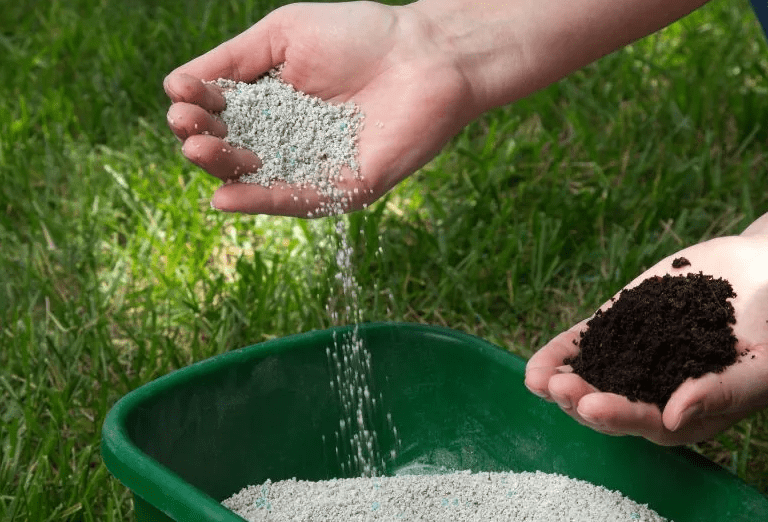
Caring for plants requires attention to detail and a regular routine. When it comes to watering, it’s important to water the plants thoroughly and deeply, rather than giving them frequent shallow waterings. This helps the roots to grow deeper and become more resilient to drought. It’s also important to monitor the soil moisture and adjust the watering schedule based on the weather and the plant’s specific needs.
Fertilizing is another important aspect of plant care. Adding a balanced fertilizer to the soil in the spring can help to provide essential nutrients for plant growth. It’s important to follow the instructions on the fertilizer package and avoid over-fertilizing, as this can lead to excessive foliage growth at the expense of flower production.
Pruning is also an essential aspect of plant care. Regular pruning can help to shape the plant, remove dead or diseased branches, and promote new growth. It’s important to use clean, sharp pruning tools and to prune at the right time of year for each specific plant species.
Common issues and how to address them, such as pests and diseases.
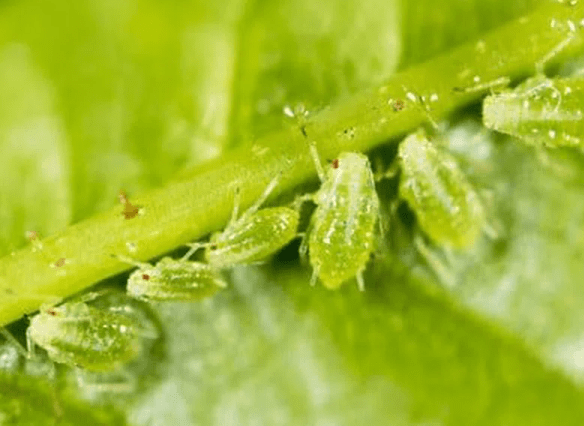
When it comes to common issues in plant care, it’s important to be proactive and address them effectively. One common issue is pests, which can damage plants and affect their health. It’s important to regularly inspect plants for signs of pests and take appropriate measures to control and eliminate them. This can include using natural or chemical methods, depending on the severity of the infestation. Another common issue is diseases, which can affect plant health and growth. It’s important to monitor plants for signs of disease and take prompt action to prevent the spread of infection. This can include using fungicides or pruning affected areas to prevent the spread of disease. It’s also important to monitor the soil moisture and adjust the watering schedule based on the weather and the plant’s specific needs. Fertilizing is another important aspect of plant care. Adding a balanced fertilizer to the soil in the spring can help to provide essential nutrients for plant growth. It’s important to follow the instructions on the fertilizer package and avoid over-fertilizing, as this can lead to excessive foliage growth at the expense of flower production. Pruning is also an essential aspect of plant care. Regular pruning can help to shape the plant, remove dead or diseased branches, and promote new growth. It’s important to use clean, sharp pruning tools and to prune at the right time of year for each specific plant species. By addressing these common issues and taking proactive measures, you can help to ensure the health and vitality of your plants.
Pruning and Maintenance
Explain the importance of pruning for silphium plants.
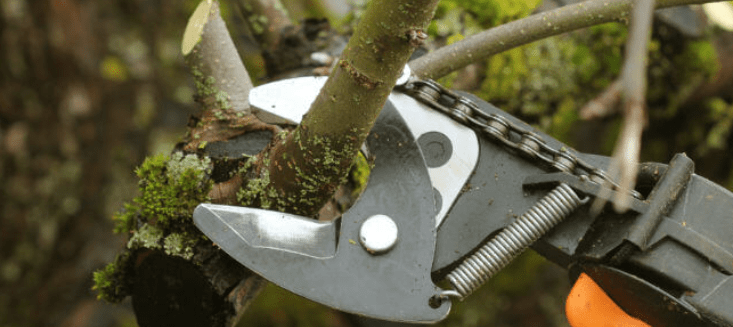
Pruning is essential for silphium plants for several reasons. Firstly, it helps to maintain the shape and appearance of the plant, ensuring that it looks neat and tidy in your garden. Secondly, pruning can help to remove dead or diseased branches, which can prevent the spread of disease and improve the overall health of the plant. Additionally, pruning encourages new growth and can help to promote the development of more flowers. By regularly pruning your silphium plants, you can help to ensure that they remain healthy, vibrant, and attractive in your garden.
Step-by-step guide on how to properly prune and shape the plants.
Pruning and shaping your plants is an important part of maintaining their health and appearance. When it comes to silphium plants, pruning is essential for several reasons. Firstly, it helps to maintain the shape and appearance of the plant, ensuring that it looks neat and tidy in your garden. Secondly, pruning can help to remove dead or diseased branches, which can prevent the spread of disease and improve the overall health of the plant. Additionally, pruning encourages new growth and can help to promote the development of more flowers.
When it comes to pruning your silphium plants, there are a few steps you can follow to do so properly. First, start by inspecting the plant and identifying any dead or diseased branches that need to be removed. Use sharp, clean pruning shears to make clean cuts, ensuring that you prune at a 45-degree angle just above a healthy bud or branch. Be sure to also remove any crossed or crowded branches to improve air circulation and promote healthy growth.
It’s also important to prune your silphium plants at the right time. Generally, it’s best to prune in the late winter or early spring before new growth begins. This will help to encourage new growth and promote the development of more flowers.
By following these steps and regularly pruning your silphium plants, you can help to ensure that they remain healthy, vibrant, and attractive in your garden.
Discuss seasonal maintenance tasks to keep the plants healthy.
To keep your plants healthy, it’s important to perform seasonal maintenance tasks. Start by inspecting the plant and identifying any dead or diseased branches that need to be removed. Use sharp, clean pruning shears to make clean cuts, ensuring that you prune at a 45-degree angle just above a healthy bud or branch. Be sure to also remove any crossed or crowded branches to improve air circulation and promote healthy growth. It’s also important to prune your plants at the right time. Generally, it’s best to prune in the late winter or early spring before new growth begins. This will help to encourage new growth and promote the development of more flowers. Additionally, be sure to regularly check for pests and diseases and take appropriate measures to address any issues. By following these steps and regularly maintaining your plants, you can help to ensure that they remain healthy, vibrant, and attractive in your garden.
Harvesting and Using Silphium
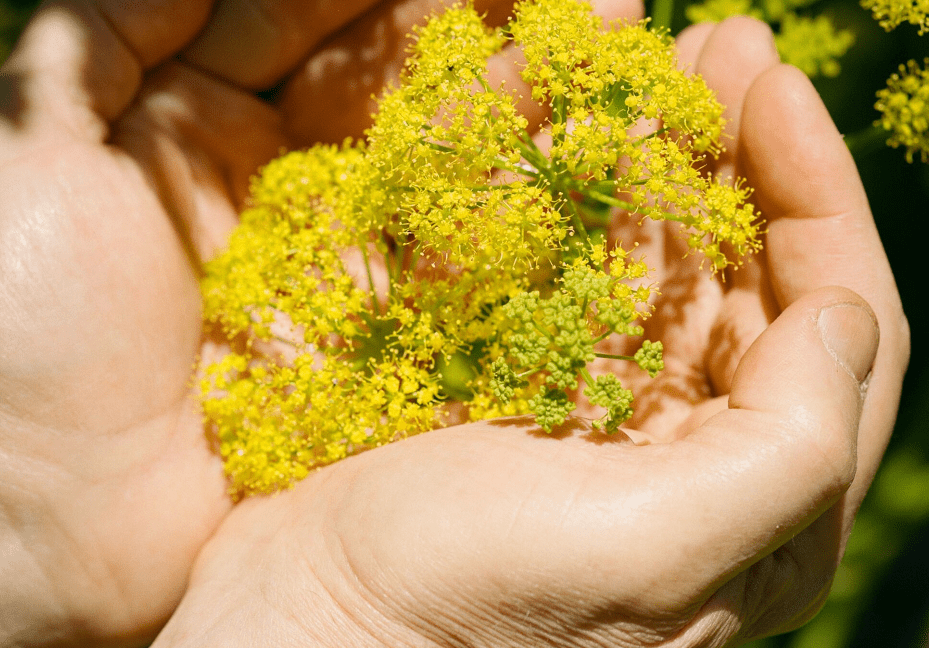
Silphium is a versatile and useful plant that can be harvested for a variety of purposes. When it comes to harvesting, it’s important to use sharp, clean pruning shears to make clean cuts, ensuring that you prune at a 45-degree angle just above a healthy bud or branch. This will help to promote healthy growth and prevent damage to the plant. It’s also important to remove any crossed or crowded branches to improve air circulation and promote healthy growth.
In terms of timing, it’s best to prune your silphium plants in late winter or early spring before new growth begins. This will help to encourage new growth and promote the development of more flowers. Regularly checking for pests and diseases is also important, and taking appropriate measures to address any issues will help to keep your plants healthy and vibrant.
Once harvested, silphium can be used for a variety of purposes, such as making herbal remedies, teas, and even as a culinary ingredient. By following proper harvesting and maintenance techniques, you can ensure that your silphium plants remain healthy and provide you with a bountiful harvest for all your needs.
In conclusion, growing and caring for the Silphium plant can be a rewarding experience. By following the tips and guidelines provided in this article, you can ensure that your Silphium plant thrives and adds beauty to your garden or landscape. Remember to provide adequate sunlight, water, and maintenance to help your Silphium plant grow and flourish. With proper care, you can enjoy the benefits of this unique and beautiful plant in your outdoor space.
Frequently asked questions And Answer
Silphium is a genus of flowering plants in the sunflower family, known for its tall, sturdy stems and yellow daisy-like flowers.
To grow Silphium from seed, start by planting the seeds in well-draining soil in a sunny location. Keep the soil consistently moist until the seeds germinate, which can take several weeks.
The best time to plant Silphium seeds is in the spring, after the last frost has passed.
Silphium plants require regular watering, especially during dry periods, and benefit from a layer of mulch to help retain moisture. They also prefer full sun and can benefit from staking to support their tall stems.
Silphium plants can grow anywhere from 3 to 10 feet tall, depending on the species and growing conditions.
While relatively low-maintenance, Silphium plants can be susceptible to aphids and powdery mildew. Regular inspection and appropriate treatment can help prevent and manage these issues.
While Silphium plants are typically grown in garden beds due to their height, they can be grown in large containers with proper support for their stems.
Silphium plants typically flower in their second or third year of growth, and their flowers can last for several weeks, attracting pollinators like bees and butterflies.
